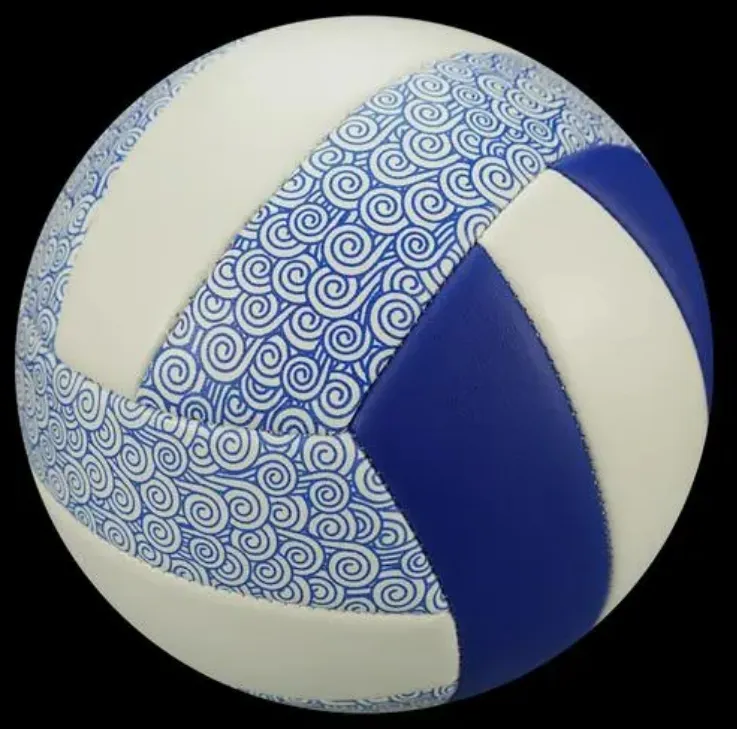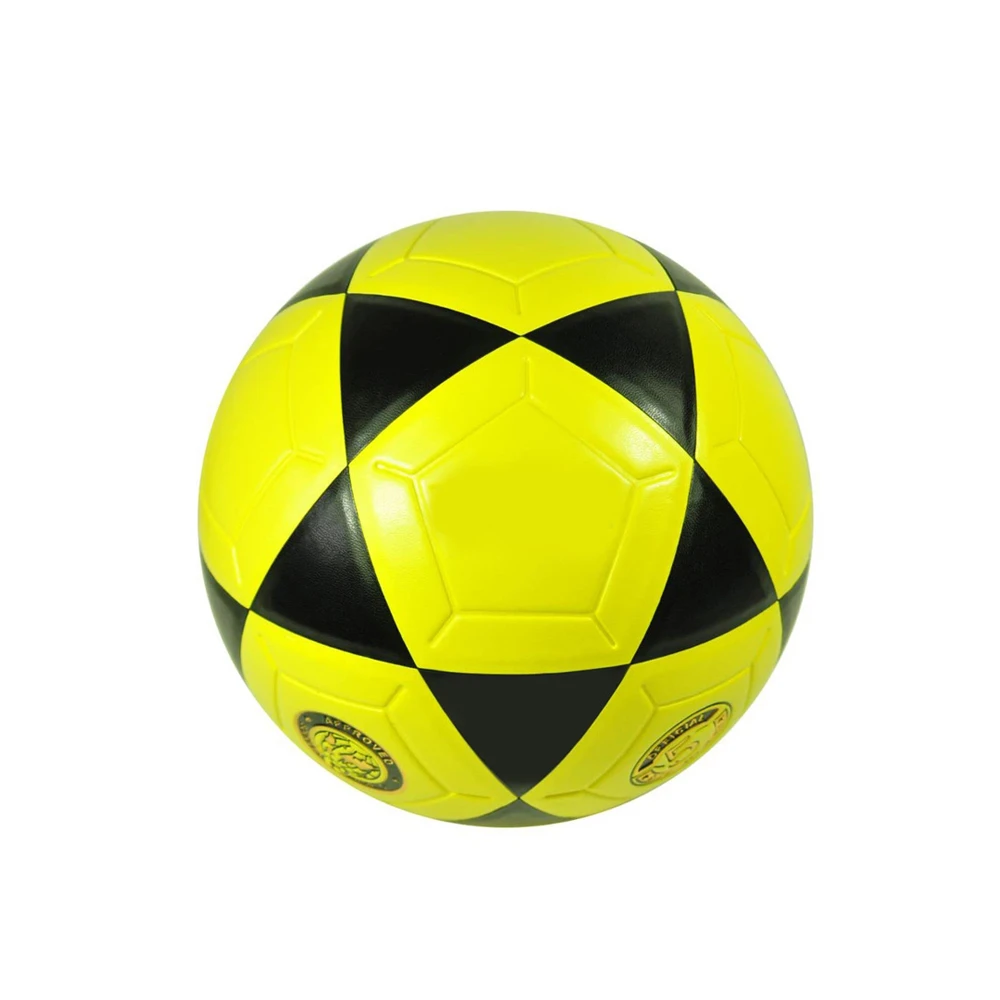Choosing the right equipment in soccer is as essential as developing skills and techniques. Among the key pieces of gear is the soccer ball itself. For players serious about their game, understanding the details that go into selecting the perfect size 4 soccer ball can make a substantial difference in performance and confidence on the field. The size 4 soccer ball is typically aimed at children between the ages of 8 and 12. However, the specifications and weight of the ball play a crucial role in game dynamics.

A size 4 soccer ball has a circumference between 25 and 26 inches. This size is just right for young players gaining foundational skills in the game and transitioning from the basic techniques to more advanced skills.
One critical feature of the size 4 soccer ball is its weight. The weight must ideally be between 350 grams (12 ounces) and 390 grams (14 ounces). This range ensures that the ball is manageable for children, allowing them to develop their dribbling, passing, shooting, and control abilities without straining themselves.
The material of the ball is another component affecting its weight and durability. Quality size 4 soccer balls are frequently made from synthetic leather composite, which offers durability and modest protection against wear and tear. Bladder type also matters, with latex bladders being softer thus enhancing touch and feel, though need frequent inflation. On the contrary, butyl bladders retain air longer but lack the soft touch, important elements for young players fine-tuning their first touches and ball control.

Surface texture should not be overlooked. The texture of a soccer ball will influence how it interacts with the foot. Slightly textured surfaces can offer better grip, essential for practicing different kinds of kicks. This feature can enhance control and precision, elements integral to a developing player’s game.
Moreover, the weight is critical because kids in this age group are still developing their muscle strength and coordination. A ball that is too heavy can result in injuries or foster incorrect playing techniques. Conversely, a ball that is too light, while seen in cheaper products, may behave unpredictably on the field due to external conditions like wind, again impacting learning.
size 4 soccer ball weight
A significant part of the process is also testing various balls if possible. Parents and youth coaches often recommend allowing children to try different brands and models within regulated size and weight specifications. Feedback directly from the player regarding which ball feels the best can provide insights that manufacturers can't always predict.
Understanding these aspects of the size 4 ball’s weight and composition lays a strong foundation for a child's development in soccer. It provides them with a reliable tool tailored to their developmental stage, allowing for consistent progress in their tactile and technical skills. It is essential that parents, coaches, and even the players themselves regard the ball as not just a piece of equipment but a strategic ally in their soccer journey.
Product reviews by other parents, coaches, or online forums also serve as valuable resources, shedding light on real-world experiences with specific brands or models. A good review often notes durability, touch, air retention, and how true the ball stays to its size and weight over time.
In the realm of soccer, attention to the details, such as the weight of a size 4 soccer ball, forms the bedrock of a good practice regimen and facilitates the long-term growth of young athletes into proficient soccer players. By choosing a ball with ideal weight, material, and construction, players are better equipped on their journey from learning the basics to mastering the game’s advanced nuances. Empowering children with the right equipment enhances their love for the game, helping them enjoy the process while honing their skills and building a lifelong engagement with soccer.













